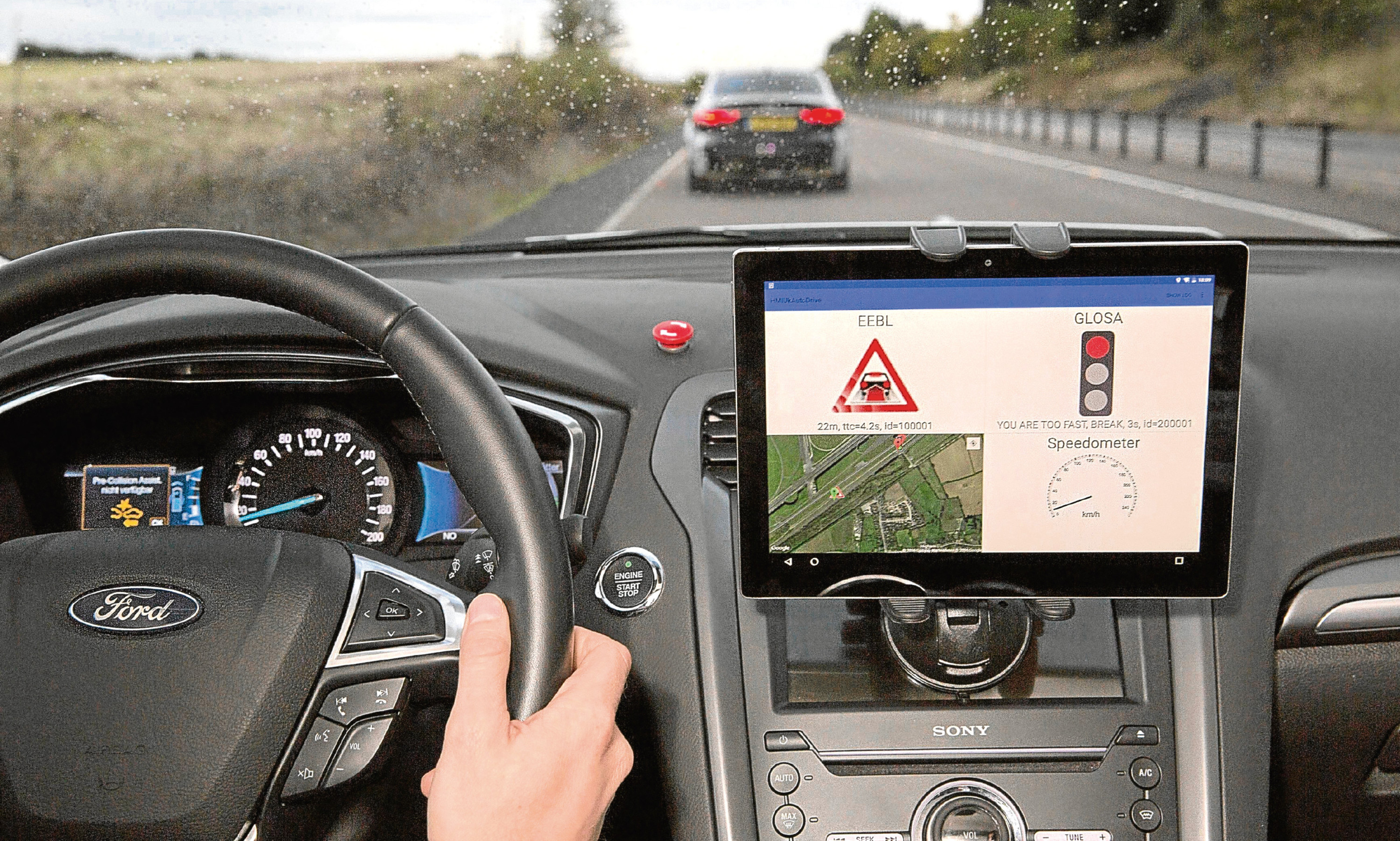Ford is trying out technology in the UK that will allow drivers to “ride the green wave”, potentially making waiting at red lights a thing of the past.
The Green Light Optimal Speed Advisory system takes information on traffic light timings from a roadside unit to let the driver know the best speed at which to travel to make a green light.
The technology is being tested by Ford to help explore the benefits of connected cars for UK Autodrive, the country’s largest connected and self-driving car trial.
The aim of the 16-member, £20 million project is to develop and test vehicle-to-vehicle and vehicle-to-infrastructure technologies that will help to reduce the stress of driving, make it a less time-consuming practice, reduce emissions and improve fuel economy.
Christian Ress, supervisor at Driver Assist Technologies, Ford Research and Advanced Engineering, said: “There’s not much worse after a long day than to hit one red light after another on the drive home, and be forced to stop and start again at every junction.
“Enabling drivers to ‘ride the green wave’ also means a smoother, continuous journey that helps to improve the flow of traffic and provide significant reductions in carbon dioxide emissions and fuel consumption.”
In the UK, people who drive every day spend roughly two days per year waiting at red lights. In Copenhagen and Amsterdam, similar technology is already being used to help cyclists avoid red lights.
Those drivers who do end up stopping at a red light will be shown how much time is left until the light turns green.
Meanwhile, Geely Auto Group has launched a completely new global car brand, called Lynk & Co.
The brand, which is due to launch a range of premium cars engineered in Sweden, aims to offer the consumer the very latest in terms of in-car technology.
The first car to be introduced to market will be the Lynk & Co 01, a mid-size SUV. The rest of the range following the naming format – 02, 03 and so on.
